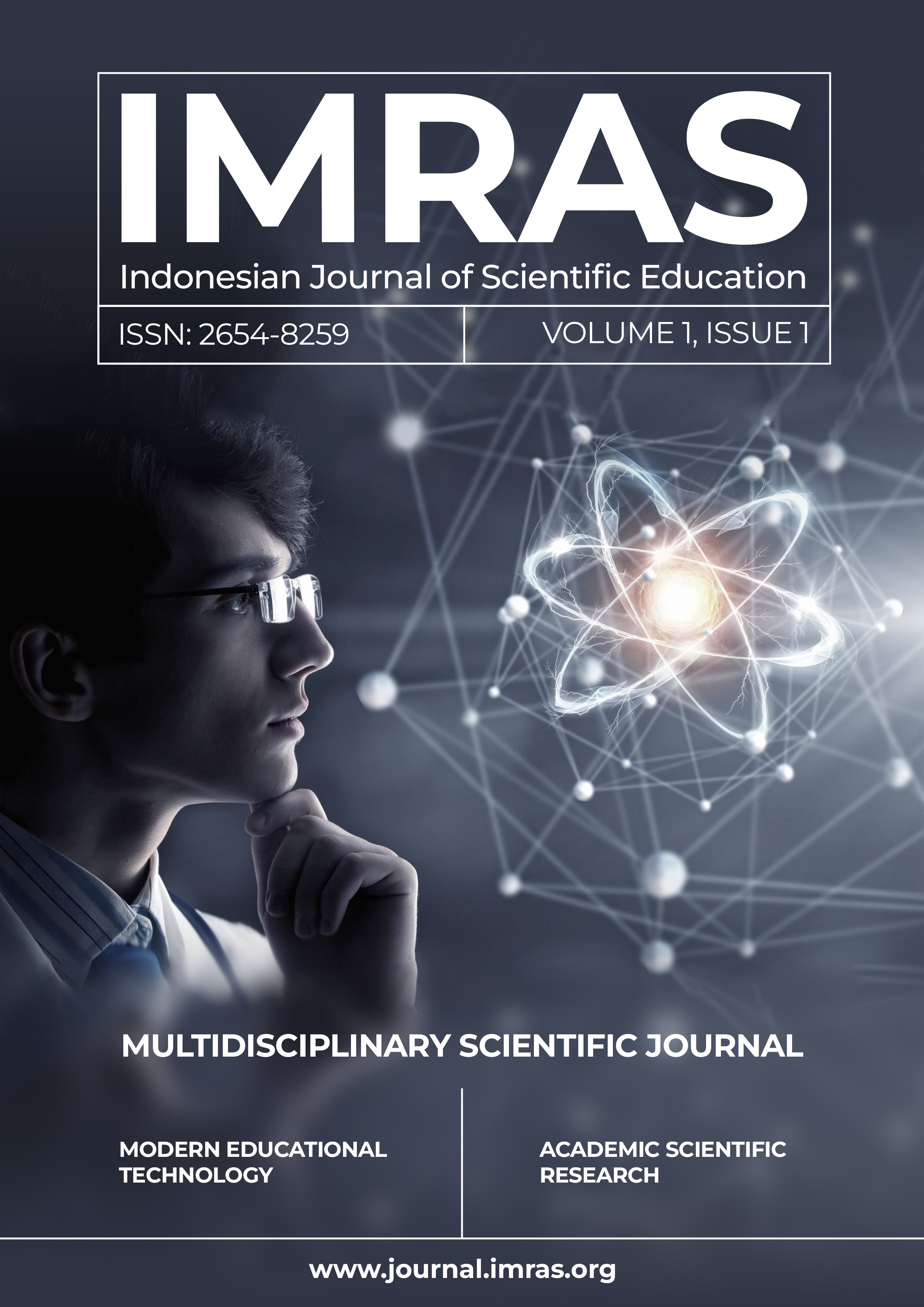BLENDED LEARNING IN TEACHING ENGLISH AS A SECOND LANGUAGE
Keywords:
blended learning, esl, language acquisition, digital tools, online learning, personalized learning, student engagementAbstract
Blended learning has emerged as a powerful instructional approach in teaching English as a Second Language (ESL). By combining traditional face-to-face teaching with digital learning resources, blended learning enhances language acquisition, engagement, and learner autonomy. This paper explores the benefits, challenges, and effective strategies of implementing blended learning in ESL classrooms.
References
Bonk, C. J., & Graham, C. R. (2012). The Handbook of Blended Learning: Global Perspectives, Local Designs. Wiley.
Garrison, D. R., & Vaughan, N. D. (2008). Blended Learning in Higher Education: Framework, Principles, and Guidelines. Jossey-Bass.
Krashen, S. D. (1982). Principles and Practice in Second Language Acquisition. Pergamon.
Osguthorpe, R. T., & Graham, C. R. (2003). Blended learning environments: Definitions and directions. The Quarterly Review of Distance Education, 4(3), 227-233.
Thorne, K. (2003). Blended Learning: How to Integrate Online and Traditional Learning. Kogan Page.

